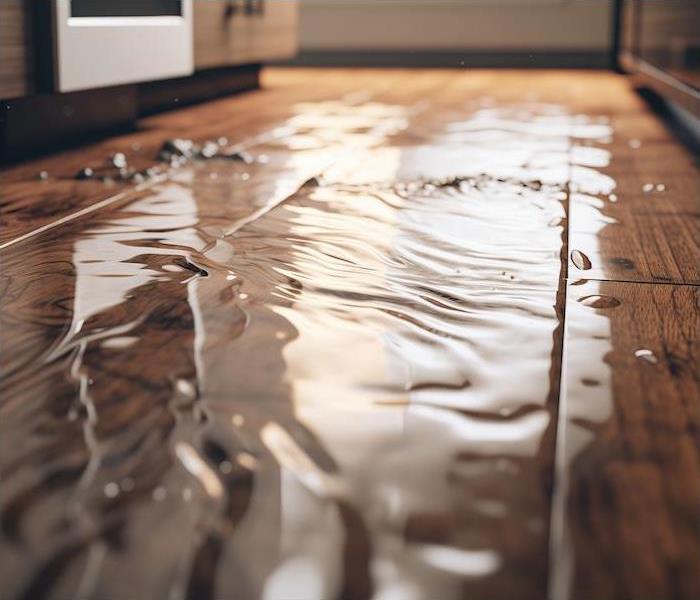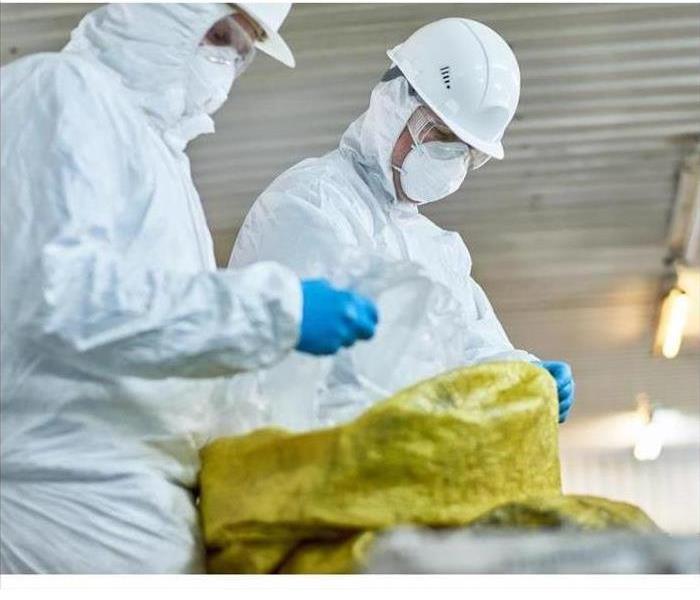How to Handle Sewage Leaks | SERVPRO of Talladega, Clay & Randolph Counties
3/15/2024 (Permalink)
 SERVPRO of Talladega, Clay & Randolph Counties is always ready to respond to your call when biohazard incidents strike.
SERVPRO of Talladega, Clay & Randolph Counties is always ready to respond to your call when biohazard incidents strike.
On a scale of all the things you never want to deal with, handling sewage likely ranks pretty high. A sewage spill may not bring total devastation like some other disasters can, but it will bring a stinky, messy situation.
We may not want to deal with it, but sewage leaks can be common and they can happen anywhere. That makes knowing how to deal with them quickly and safely incredibly important. When you know how to respond, you can get back to normal faster.
A sewage backup can happen when there is a clog or blockage in the lines. The blockage will cause wastewater to go the wrong direction, eventually forcing itself up through sink drains, tubs and showers. A sewage leak can also occur if your water line or pipes are damaged.
Either way, the first thing you need to know about a sewage leak is to stay away from the water. When flooding or leaks enter into a location, it is classified in three ways: white water, gray water and black water. While white water and gray water do not come from a contaminated source, black water is considered contaminated and toxic. Sewage leaks are classified as black water and contain viruses, bacteria and other microbes that could be harmful for your health.
Do everything you can to avoid the leak and shut the water off to your building or home. Open windows around the area and turn on fans to increase circulation and help eliminate fumes. Keep the area secure so pets, children or anyone else can’t access the leak.
Our technicians are not just trained to handle biohazard situations, they are also certified to tackle them safely and quickly. From the moment you call us, we will start gathering as much information as we can in order to prepare a team and the equipment for your specific issue.
Once our team is on the way to your home, snap some photos of the leak. This might not be the most pleasant experience, but the more images you can get from a safe distance, the better. These photos will help your insurance claim process go smoother and can help us better identify why the leak started.
When our professionals get to your property, they will first work to find the cause of the leak in order to fix it. We will also start immediately removing standing water and sewage. While our team will be working in protective gear and with protective equipment, this is still a toxic situation. The more you can stay away the better.
Your recovery will include repairs of the source of the leak and any resulting damage that the leak caused. We will also put a lot of emphasis on deep-cleaning and sanitization. Odors will be addressed to ensure there are no lingering smells once the work is complete. Our job is only done when everything is as it should be again. None of us want to deal with a sewage leak in our personal space. Call us to handle any kind of mess you face for fast, safe and complete recovery.
Sewage leaks should always be cleaned up by professionals. Call SERVPRO, and we will take care of you.





 24/7 Emergency Service
24/7 Emergency Service
